The control arm is an essential component of the Ford F-150 suspension system, primarily responsible for connecting the steering knuckle to the front wheels. If you hear clicking noises from the lower control arm bushings, it is important not to ignore them, as this issue can worsen over time and cause damage to the tire’s tread surface.
Several factors can contribute to lower control arm noise in a Ford F-150, including cracked bushings, dried-out control arm bushings, a damaged lower control arm, loose or broken bushings, worn-out ball joints, damaged sway bars, and poorly balanced wheels.
I encountered this issue while driving on unpaved roads. Initially, I suspected a problem with the braking system, possibly due to damaged brake rotors. However, after inspecting the brake components and finding no issues, I checked the suspension system and discovered that the lower control arm bushings were loose.
Common Causes and Solutions for Ford F-150 Lower Control Arm Noise
| Problem | Solution |
|---|---|
| Cracked bushings | Replace cracked or broken bushings with new ones |
| Drying of control arm bushings | Use silicone grease for lubrication |
| Damaged lower control arm | Replace the damaged control arm |
| Loose bushings | Tighten bushings with duct tape (temporary fix) |
| Worn-out ball joints | Replace the worn-out ball joints |
| Damaged sway bars | Inspect and maintain the sway bars regularly |
| Poorly balanced wheels | Add weights for proper wheel balancing |
1. Cracked Bushings
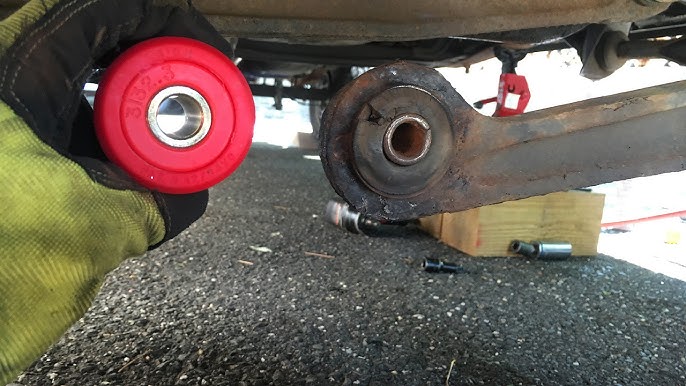
The rubber bushings cover the metal lower control arm streaks and help reduce vibrations and noise caused by metal-to-metal contact while driving. They play a crucial role in ensuring a smooth and comfortable ride.
Over time, bushings can crack due to aging, exposure to dry weather conditions, or excessive heat from engine components. Heavy hauling, off-road driving, and exposure to certain chemicals or solvents can also accelerate wear and tear.
Cracked bushings cause clicking and grinding noises, leading to stress on steering components, wheels, and the driveline. To prevent this issue, practice good driving habits, avoid excessive braking, and refrain from exceeding the truck’s payload capacity.
Instead of replacing the entire lower control arm, you can replace just the bushings. However, this process can be difficult, so hiring an experienced mechanic is advisable.
2. Dried out Control Arm Bushings
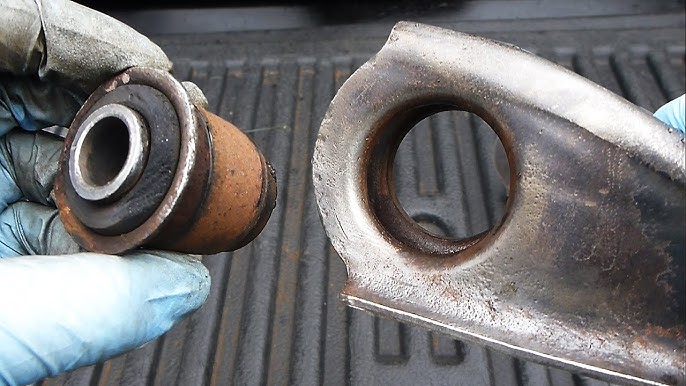
Dried-out control arm bushings can cause excessive vibrations, noise, and a rough driving experience. This problem often arises due to poor vehicle maintenance, harsh weather exposure, and high mileage. Additionally, road salts and chemicals can degrade lubrication over time.
A friend with a 2015 Ford F-150 faced this issue and initially suspected warped brake rotors. After discussing the problem, he realized he had not lubricated the bushings for years, causing them to dry out. I recommended lubricating the control arm bushings every 3,000 to 5,000 miles using synthetic or silicone-based grease to prevent premature drying and cracking.
3. Damaged Lower Control Arm
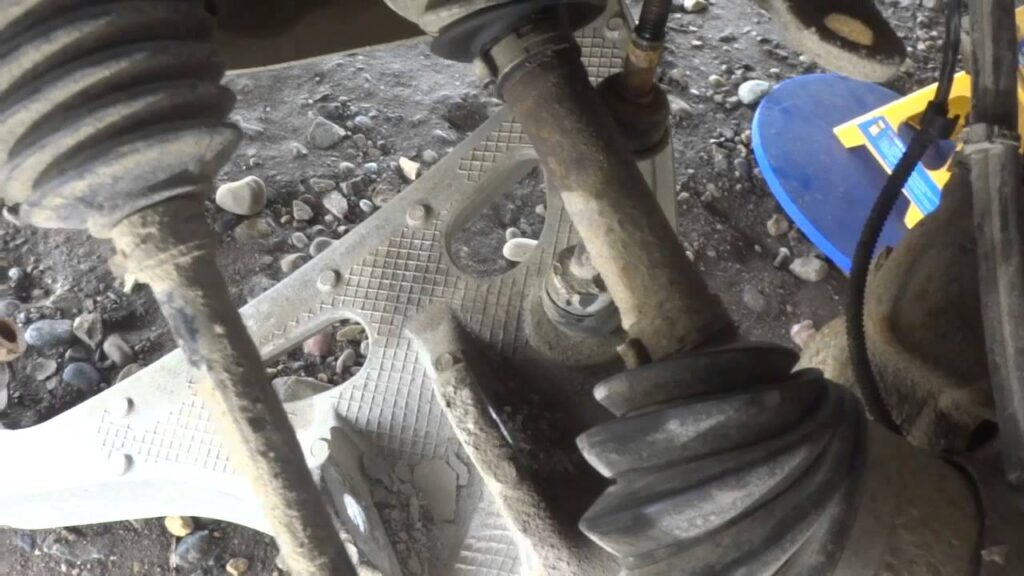
The lower control arm connects the suspension system to the chassis, providing stability and a comfortable ride on rough terrain. However, it can deteriorate due to:
- Aging and wear over time
- Road accidents or impacts
- Frequent off-road driving
- Heavy hauling beyond the truck’s capacity
- Corrosion from an untreated undercarriage
Damaged control arms can lead to inefficient braking, poor steering control, and difficulty maintaining vehicle alignment. I experienced this issue in my Ford F-150 and resolved it by replacing the corroded lower control arms and applying an anti-rust spray to the undercarriage to prevent further corrosion.
4. Loose Bushings
Loose control arm bushings can cause knocking sounds, particularly when accelerating or shifting gears. This issue often occurs due to:
- Driving over speed bumps or rough terrain
- Worn-out bushings that no longer fit securely
- Accidental loosening during repairs
- High mileage and excessive vehicle movement
My neighbor experienced poor vehicle balance due to loose bushings and temporarily secured them using duct tape. While this provided a short-term fix, he later had them properly tightened and replaced to restore optimal performance.
5. Worn-Out Ball Joints
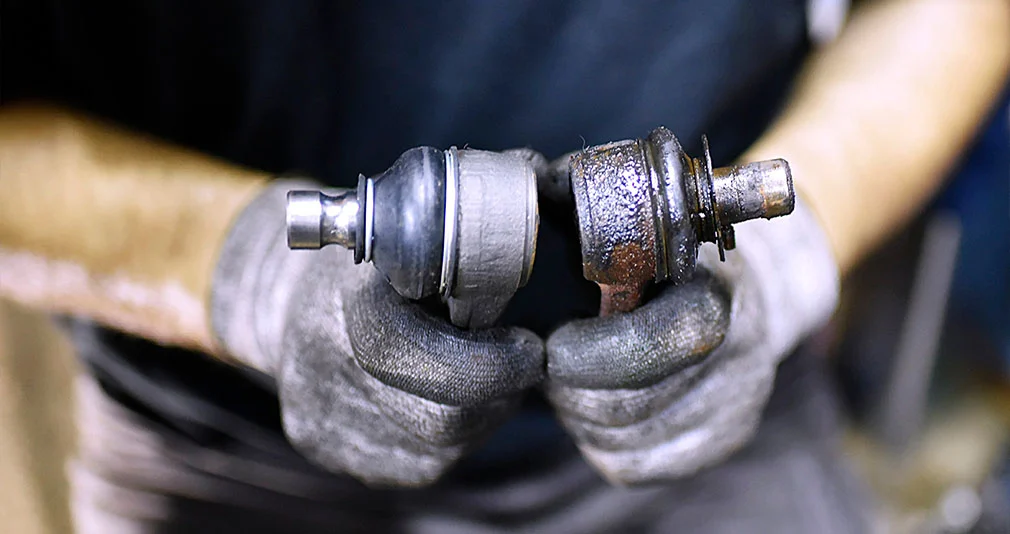
Control arms connect to the steering knuckle via ball joints, which act as pivot points for smooth directional movement. Worn-out ball joints can cause stability issues and produce knocking sounds, especially due to:
- Accumulation of dirt and grime
- Pothole impacts and rough road conditions
- Aging and general wear
To resolve this issue, replace worn-out ball joints and ensure they are properly greased to reduce friction and extend lifespan.
6. Damaged Sway Bars
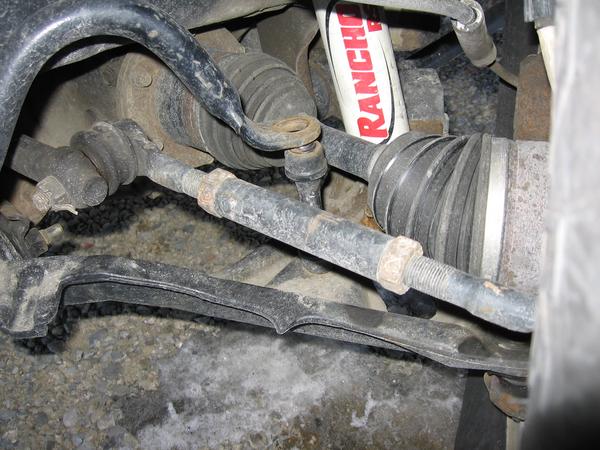
Sway bars help stabilize the vehicle and minimize body roll while turning. When sway bars or their connecting components are damaged, the vehicle may experience excessive swaying, making it difficult to control.
Common causes of sway bar damage include:
- Road impacts and collisions
- Lack of lubrication
- Overloading the vehicle
Regularly inspecting and maintaining sway bars helps prevent premature wear and ensure stability. Always check for bends, rust, and cracks, and replace damaged sway bars.
7. Poorly Balanced Wheels
The lower control arm may produce knocking or rattling sounds if the wheels are not properly balanced. Unbalanced wheels cause uneven pressure distribution, leading to:
- Vibrations in the steering wheel
- Poor handling and ride quality
- Reduced fuel efficiency
Wheels may become unbalanced due to:
- Driving on bumpy roads or hitting curbs
- Bent wheel assemblies
- Worn-out tires
The best solution is to professionally balance the wheels by adding appropriate weights at the required locations. If you suspect wheel imbalance, visit a dealership or mechanic for an inspection.
Lower control arm noise in a Ford F-150 can stem from various issues, including cracked or loose bushings, worn-out ball joints, damaged sway bars, and unbalanced wheels. Proper maintenance, regular inspections, and timely replacements can prevent these issues and ensure a smooth driving experience.
If you notice unusual noises from the suspension system, diagnosing the problem early is essential to prevent further damage to the vehicle’s steering and suspension components.

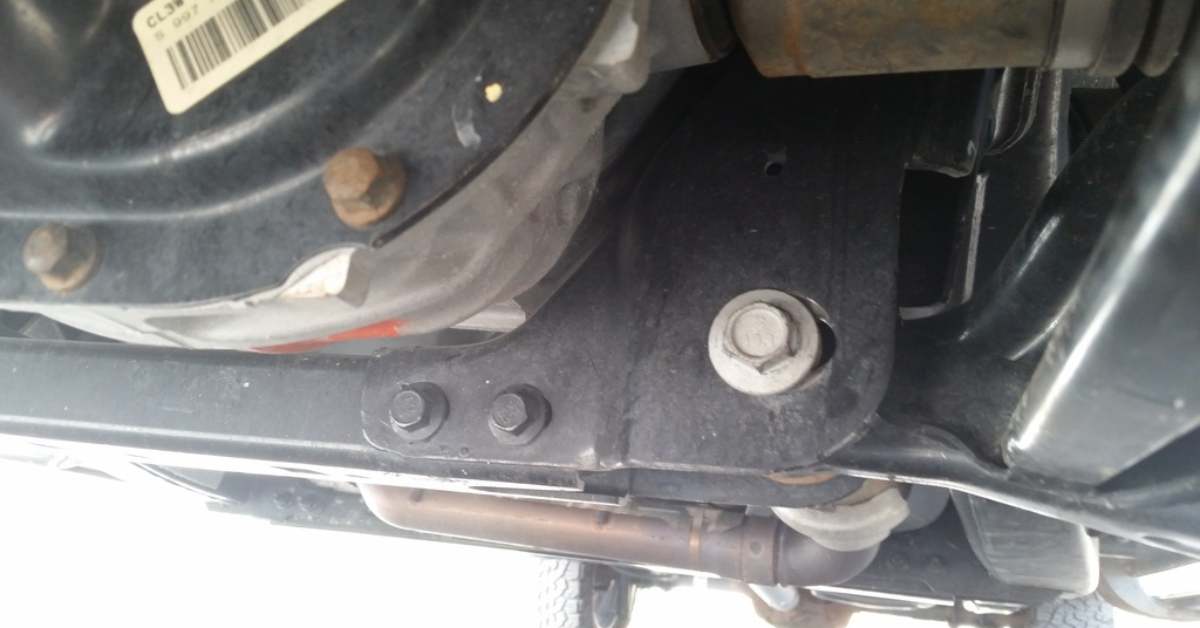
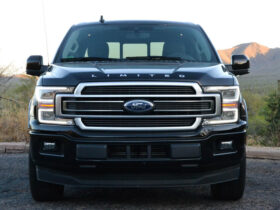
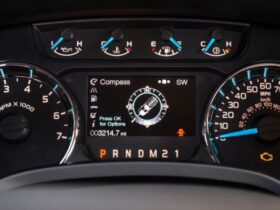
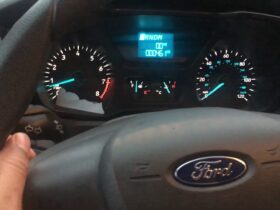
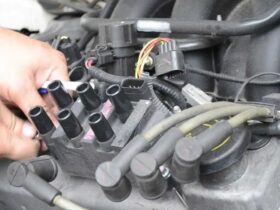
Leave a Reply
View Comments